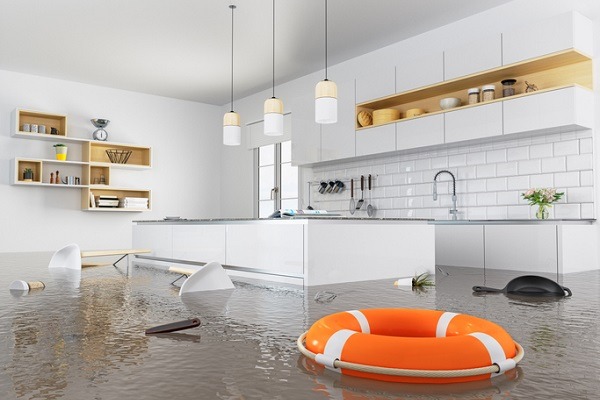
Real-Time Telemetry for Leak Detection: How Tech is Tackling Water Challenges
Share
In an era where efficiency and sustainability are paramount, the integration of real-time telemetry for leak detection is more significant than ever. As global challenges regarding water conservation continue to intensify, tech professionals and enthusiasts are increasingly looking at innovative ways to address these issues. Among the myriad of solutions, telemetry-based systems offer a promising avenue. By leveraging the power of real-time data, these systems not only detect leaks promptly but also reduce wastage and enhance resource management.

The Necessity of Leak Detection Systems
Water is a vital but limited resource. Leaks not only result in substantial water loss but also translate to higher bills and infrastructure damage. Traditional methods of leak detection are often slow and inefficient. This makes modern solutions such as smart leak detection systems both a necessity and a boon.
With real-time telemetry, data from sensors can be analyzed almost instantaneously, allowing for immediate action. These systems are particularly critical in large industrial setups where even a minor leak can lead to massive losses.
How Real-Time Telemetry Works
The heart of real-time telemetry systems is their ability to gather, process, and transmit data at lightning speed. Sensors are strategically placed in areas prone to leaks. These sensors continuously monitor conditions and detect anomalies such as changes in pressure, sound, and moisture levels.
Once a potential leak is identified, the system alerts the maintenance teams, who can then address the issue swiftly. The continuous data flow ensures that even the slightest deviations are caught, minimizing the risk of overlooked leaks.
Implementing Telemetry in Various Sectors
The versatility of real-time telemetry for leak detection can be observed across diverse sectors. From private residences to vast industrial facilities, the application scope is extensive. In homes, these systems can significantly cut down on water bills and prevent structural damage.
In industrial settings, where complex pipe networks are common, the benefits of these systems extend beyond cost savings. They contribute to enhanced safety and operational efficiency. Companies like those involved in sensor calibration water devices are at the forefront of these technological advancements.
Challenges in Real-Time Telemetry Implementation
While the benefits are evident, implementing real-time telemetry systems is not without its challenges. Cost is a major factor that deters small enterprises from adopting these systems. However, as technologies become more affordable, wider adoption is becoming feasible.
Another challenge is the integration of these systems with existing infrastructure. Many buildings and facilities, especially older ones, require substantial upgrades to accommodate new technology. Educating stakeholders on the long-term benefits can help overcome resistance.

The Future Potential of Telemetry in Leak Detection
As IoT and AI technologies continue to evolve, the future of real-time telemetry for leak detection is promising. These advancements will likely lead to even more sophisticated systems capable of not just detecting leaks, but predicting them before they occur.
The ability to integrate with other smart home technologies will also be a game-changer, offering users a comprehensive view of their water usage and enabling them to make informed conservation choices. Learn more about related technologies at estimating a bathroom remodel.
Innovative companies continue to strive for smarter, more affordable solutions. For those eager to explore further, resources such as Bluetooth water sensors offer deep dives into associated technologies.
Frequently Asked Questions
What is the main benefit of real-time telemetry for leak detection?
The primary benefit is its capacity to provide instant alerts on leakages, preventing water loss and minimizing potential damage.
Can these systems predict leaks before they happen?
With advancements in AI and IoT, they have the potential to predict certain leak types by analyzing patterns in data, offering proactive solutions.
Is real-time telemetry only useful in industrial settings?
No, these systems are adaptable and beneficial in various environments, from residential homes to large industrial facilities, making them versatile in application.
